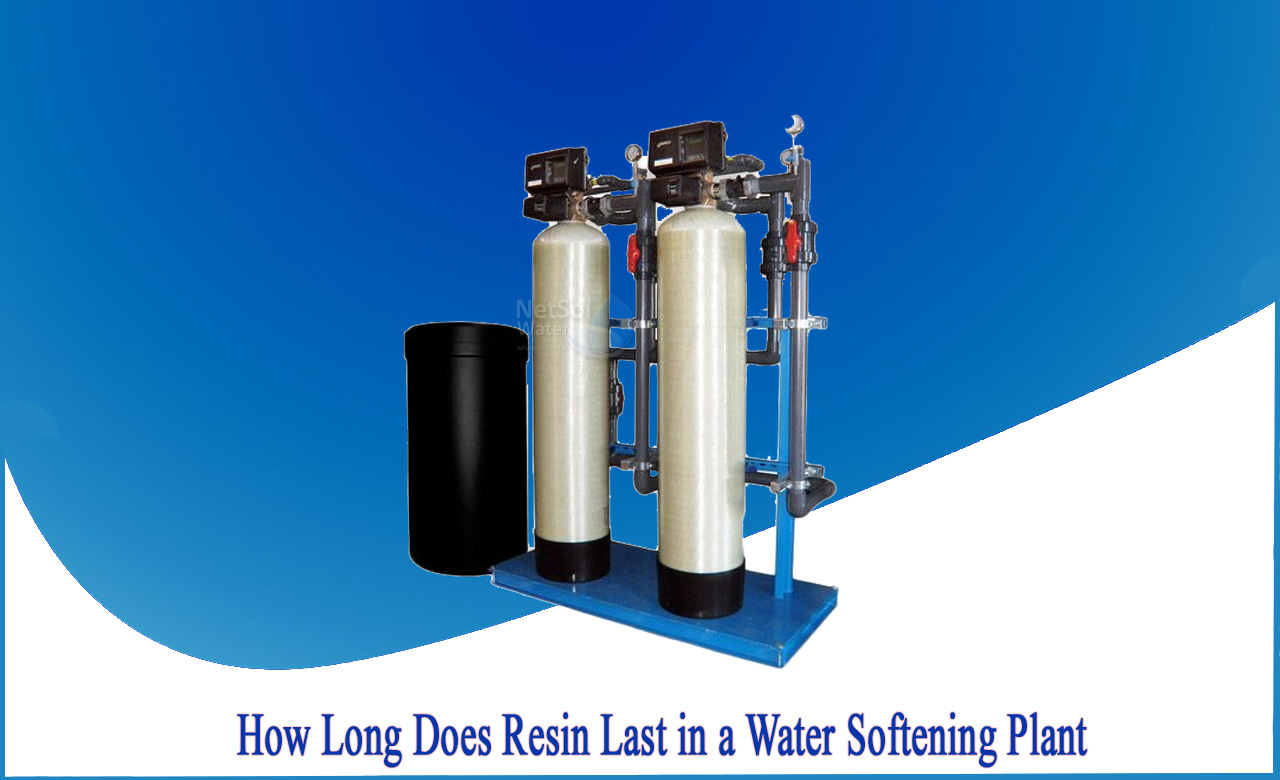How long does resin last in a Water Softening plant?
Resin is a sort of medium (usually a bead) which attracts magnesium and calcium, the minerals that adds up hardness to the water. In addition there is a binding between the minerals and resin which helps us to remove the hardness of water.
Two primary materials make most of the resin beads: polystyrene, which makes up most plastic products used by the consumers for example k-cups, Styrofoam. Another material that makes up most resin beads is di-vinyl benzene. DVB is a yellow liquid with strong odour. If after installing a water softener, your water is smelling even worse it’s because of DVB which can leak into the water supply.
DIAGNOSTICS
If your water softener doesn’t provide adequate quality of softened water, the problem is with the resin beads. The resin beads aren’t either working properly or may be damaged. The normal lifespan of resin bed is 10-15 years but if the water has adequate amount of chlorine and iron, it deteriorates the resin bed early.
To check whether your resin bed is working properly or to check whether it is damaged the simplest thing that you are to check your salt usage rate. If the rate is irregular there must be the problem with resin bed. The resin bed can become saturated with the iron deposits or it can be damaged with chlorine residuals. This damaged produces irregularities in brine production. The other problem can be with the valve head such that recharge of water isn’t taking place properly. The latter problem is out of scope from this article.
TIME TO REPLACE IT
The first thing that can be done is getting rid of iron deposits. If that solves your problem means there is no need to change your resin bed.
If cleaning doesn’t work, you’ll have to replace the water softener resin within no time. You can do that by yourself by following few instructions which have been covered in this article.
· The first thing is started by measuring the resin tank to determine how much new resin you’ll need. After that, contact a local water treatment company or shop online for the right high-quality resin (avoid the really cheap stuff) for your particular application (ratings should be checked while making the purchase). In addition to that, purchase a resin funnel, a new riser tube and gravel (if recommended for your system).
· Secondly, rotate the valve of softener to the bypass position (or turn it off from the main water valve). Now turn the dial on the valve head to start a manual regeneration (that’ll bleed off internal water pressure inside of softener). Finally, disconnect the softener from the plumbing and electrical socket.
· Thirdly, unscrew the valve head and set it aside (you may need a helper to hold the resin tank while you twist). Dump out all the resin and gravel at some other place as it may contain some of the toxics.
· Before installing the new resin, cut the newly purchased riser tube to the same height as the old one and insert it into the water softener resin tank properly. Refill the softener after cutting it properly.
· Finally, reinstall the valve head and reattach the unit to the bypass valve. After that turn, the valve back to the “in-service” position and check for leaks. Enjoy the soft water.




